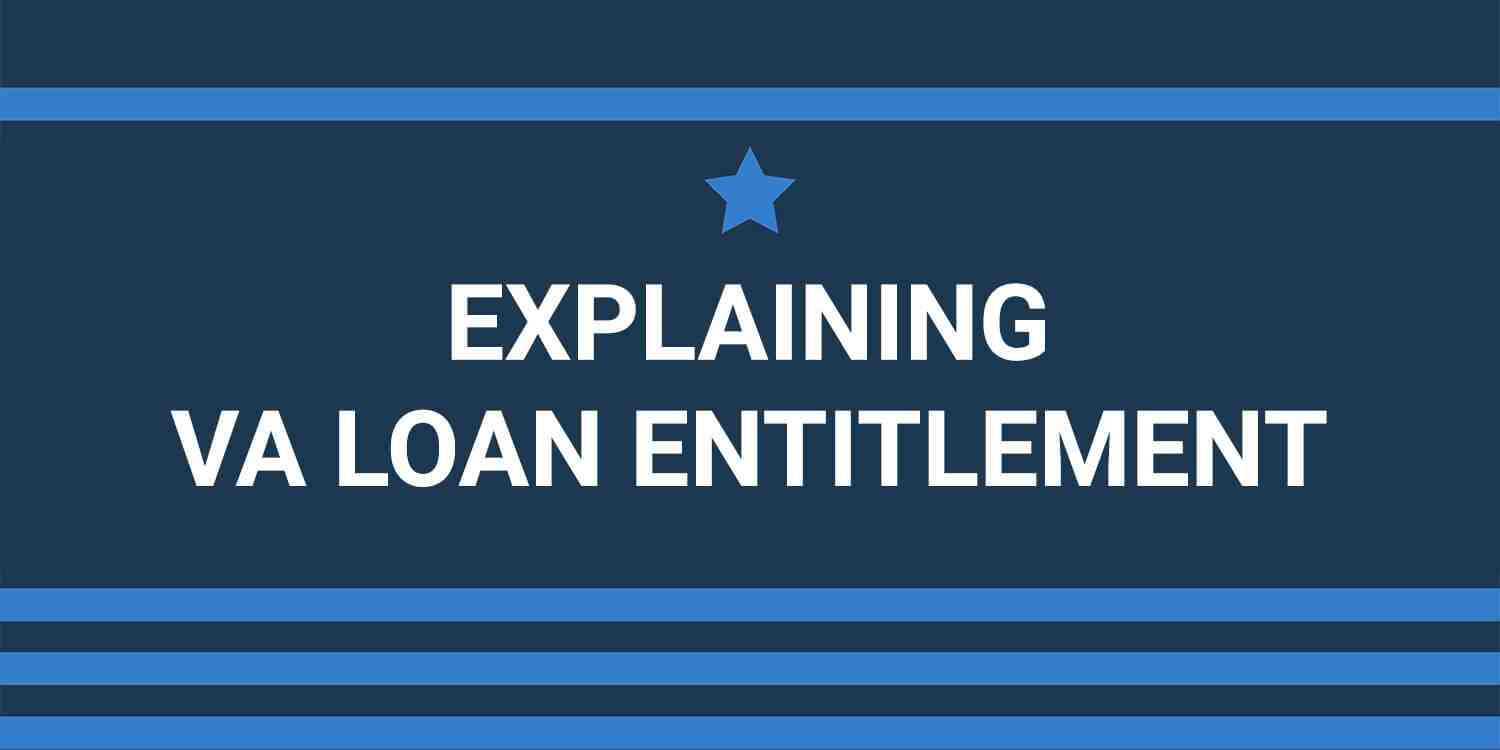Resources from Veterans United
Find the tools and information you need to navigate homeownership with confidence from the Nation’s #1 VA Lender for Homebuyers

Featured Articles

Credit and Finances

Home Purchase

Market Trends
VA Mortgage Payment Calculator
Establish a monthly mortgage payment.
Custom-fit your paymentVA Affordability Calculator
Find out just how much home you can afford.
Price out your houseLatest Articles



Credit and Finances
Updated on December 2, 2025



Home Purchase
Updated on November 25, 2025



Home Purchase
Updated on November 25, 2025
VA Homebuying Course
Follow long with our VA loan experts as they share about your home loan benefit in a convenient course style.
Start the First Lesson





